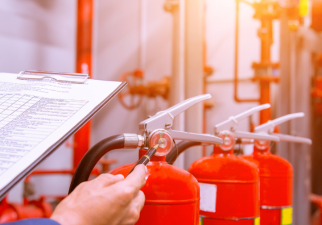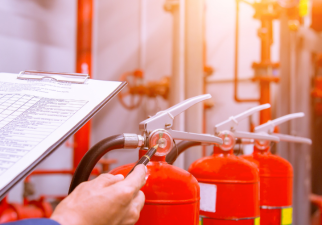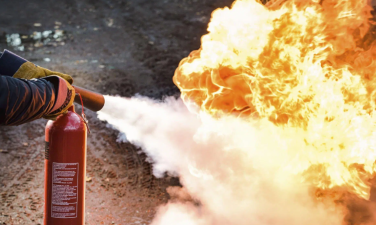
Fire departments face considerable complexity and management challenges in updating state fire regulations.
The Role and Influence of Legislative Interests
As legal decision-making power shifts from safety experts to political and economic interest groups, regulations are gradually losing their effectiveness in protecting safety. This trend worries safety officials, especially when regulations are slow to update or outdated, posing a threat to public safety. In recent years, state legislators have increasingly exploited their legislative power to bypass the rulemaking process and pass new laws to alter or repeal unfavorable provisions and oversight procedures. These actions are often funded by special interest groups, who find new legislation the quickest and easiest way to change existing safety rules.

There are four models of local firefighting systems in the United States:
- Fully professional, high-density systems, primarily found in large cities. New York City, for example, has 15,000 professional firefighters and over 800 companies;
- A combination of professional and volunteer fire departments, typically chosen by small and medium-sized cities;
- All-volunteer fire departments, a model used in smaller towns;
- A dedicated firefighting system, known as a "fire protection zone." This is a practice in some places where they can't afford full-time or part-time fire departments. They pay annual fees to nearby fire departments, which then assume responsibility for local fire safety.
The Volunteer Model and the Marketization of Firefighting
As a result, a rescue approach known as the "volunteer model" has become increasingly popular in the United States. This combination of the volunteer model and market practices has created new social problems, with high costs making it unaffordable for low-income families. Local governments recruit volunteers to assist with rescue efforts, but it's important to note that this recruitment isn't entirely free. Although these volunteers are nominally "volunteers," they are actually paid for their work. After all, they aren't government employees and aren't obligated to risk their lives for rescue efforts. Receiving compensation for their labor is a legitimate market practice.

The Deeper Impact of Firefighting Issues in the United States
△ Issues and Contradictions in Fire Service Fees
In the United States, firefighters not only charge fees for their firefighting, but also pay in a variety of ways. After a single fire, you might be billed by multiple fire departments. The marketization of firefighting services has created a conflict between rescue efficiency and safety, and private fire departments may ignore safety regulations. Currently, volunteers make up 67% of American firefighters, while professionals account for only about 30%. This current situation is inextricably linked to the US government's tacit approval. Firefighting budgets account for a significant portion of the government budget, encompassing personnel training, equipment procurement, maintenance, and operation. In comparison, volunteer firefighting is clearly more cost-effective.
Even in a large city like New York, the fire department budget accounts for 2.2% of the government budget, a significant proportion. This proportion is achieved given New York's dense population and the high efficiency of its professional staff. Therefore, when a fire breaks out, US police will send a message to private fire departments. Whoever is closest, responds quickly, or arrives first will receive compensation for the firefighting mission.
However, the marketization of firefighting has also brought some problems. In order to secure more rescue missions and rewards, some private fire departments may overly pursue speed and efficiency, while neglecting essential rescue measures and safety regulations. This undoubtedly increases risk and uncertainty in the rescue process. It can also raise ethical and legal issues, such as unfairness and abuse of power during the rescue process.
